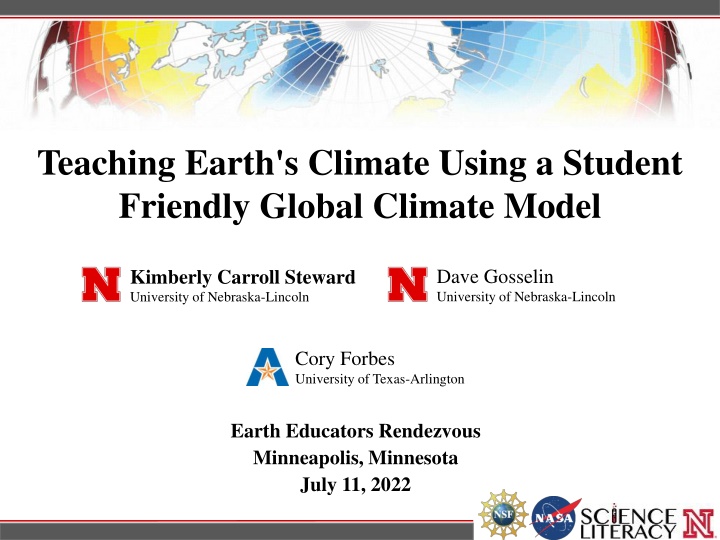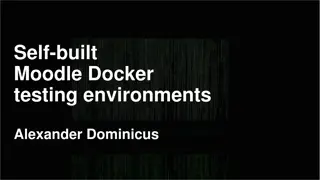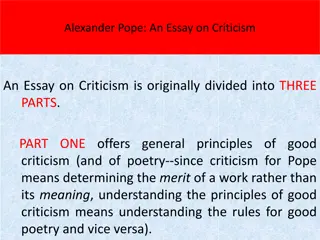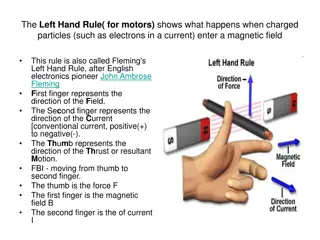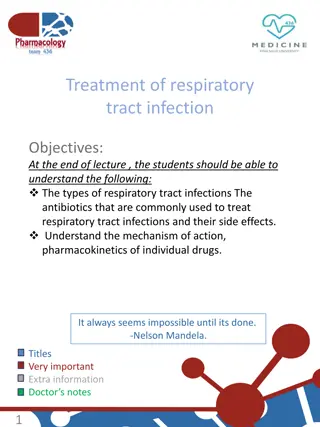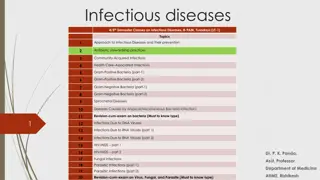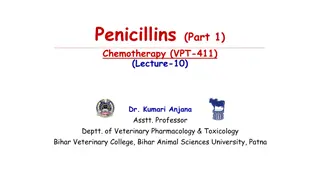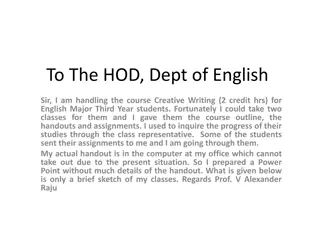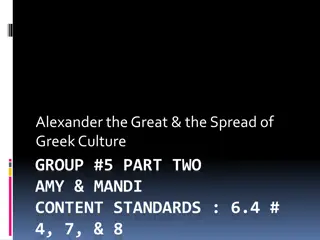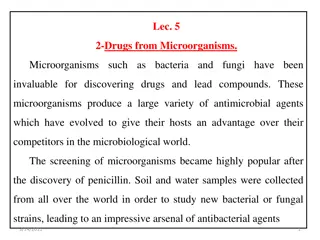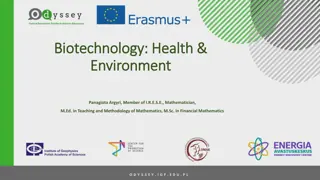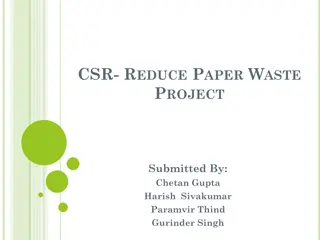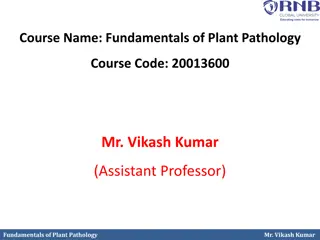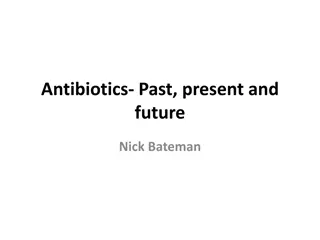Biography of Alexander Fleming - Discoverer of Penicillin
Sir Alexander Fleming, a renowned bacteriologist and immunologist, was born in Scotland in 1881. He discovered penicillin in 1928, a groundbreaking achievement in medicine. His life, family, and notable awards reflect his contributions to science. Fleming passed away in 1955 but his legacy lives on in the field of microbiology.
Download Presentation

Please find below an Image/Link to download the presentation.
The content on the website is provided AS IS for your information and personal use only. It may not be sold, licensed, or shared on other websites without obtaining consent from the author.If you encounter any issues during the download, it is possible that the publisher has removed the file from their server.
You are allowed to download the files provided on this website for personal or commercial use, subject to the condition that they are used lawfully. All files are the property of their respective owners.
The content on the website is provided AS IS for your information and personal use only. It may not be sold, licensed, or shared on other websites without obtaining consent from the author.
E N D
Presentation Transcript
Teaching Earth's Climate Using a Student Friendly Global Climate Model Kimberly Carroll Steward University of Nebraska-Lincoln Dave Gosselin University of Nebraska-Lincoln Cory Forbes University of Texas-Arlington Earth Educators Rendezvous Minneapolis, Minnesota July 11, 2022
Earths Climate GCC = unprecedented global challenges Increased by at least 1.1 Celsius (1.9 Fahrenheit) since 1880 (NASA's Goddard Institute for Space Studies (GISS)) Empowering citizens through outreach and education Next Generation Science Standards (NGSS Lead States, 2013) emphasize teaching and learning about Earth's climate, particularly the use of models in secondary science classrooms
Teaching Earths Climate General public do not believe that the scientific foundation is well-established (NSTA,2022) Earth science is deemphasized from the curriculum, decreasing the opportunities for teaching global climate (Penuel et al., 2015) Effectiveness of model-based learning in developing student explanations of scientific theories (Bhattacharya at al., 2021)
Climate Literacy through Epistemology of Scientific Modeling (CliMES) Promote secondary science students understanding of Earth s climate -Both conceptual and epistemic -through model-based teaching and learning 4-year, mixed-methods, design-based research and development project University of Nebraska-Lincoln, Columbia University, Public School district
Research Questions How did teachers implement an SSI focused model-based climate curriculum utilizing EzGCM? How does the integration of a cloud-based global climate model, EzGCM, impact student learning outcomes within a secondary science classroom?
Data Sources and Analyses Table 1 Data collected and analyzed by individual teacher Implementation Logs Classroom observations Pre-/post- interview Pre-/Post- Teacher Assessment Pre-/post- Student Assessment 7 5 1/1 1/1 27/25 Alex 8 15 1/1 1/1 93/100 Francine 6 6 1/1 1/1 49/57 Wayne
The Climate Model Figure 1 Finial output student model output within the cloud-based modeling interface curriculum designed around a student- friendly GMC Data-driven, computer-based climate modeling tool developed by a NASA climate scientist Allows non-climate scientists to explore climate
RQ1 How did teachers implement an SSI focused model-based climate curriculum utilizing EzGCM?
Teacher Implementation Less time listening and more time doing Waiting for the ask Talk to the students, rather than talk at them Failing Meet the Robinsons approach Scientifically correct terms Expectations Clear and concise goals
RQ2 How does the integration of a cloud-based global climate model, EzGCM, impact student learning outcomes within a secondary science classroom? GSA 2021, Portland 10/13/2021
Student Outcomes Conceptual, Epistemic, and Composite Statistically significant gains in students from classrooms of all three participate teachers Statistically significant change in both dimensions Francine s students started at a higher mean score
Student Outcomes Francine Alex Wayne
Discussion and Conclusion All students regardless of teachers increased their assessment score Technology, EzGCM, allow for teaching evidence-based science Explore three teachers' day-to-day Model-based teaching and learning is beneficial for developing students reasoning of GCC (Bhattacharya et al., 2021) Case for innovative technologies
This material is based upon work supported by the National Science Foundation under Grant No. DRL 1720838 and 1719872. Any opinions, findings, and conclusions or recommendations expressed in this material are those of the author(s) and do not necessarily reflect the views of the NSF.
Kimberly Carroll Steward University of Nebraska-Lincoln Doctoral Canidate 249 Hardin Hall, 3310 Holdrege Street Lincoln, NE 68583-0995 Kimberly.carroll-steward@huskers.unl.edu Thank you Read More: 1. Carroll Steward, K., Bhattacharya, D., Chandler, M., & Forbes, C.T. (2021) Secondary science teachers implementation of a curricular intervention when teaching with global climate models, Journal of Geoscience Education, DOI: 10.1080/10899995.2021.1980706 2. Bhattacharya, D., Carroll Steward, K., & Forbes, C.T. (2021) Climate education in secondary science: comparison of model-based and non-model-based investigations of Earth s climate, International Journal of Science Education, 43:13, 2226-2249, DOI: 10.1080/09500693.2021.1958022 3. Bhattacharya, D., Carroll Steward, K., & Forbes, C.T. (2021) Empirical research on K-16 climate education: A systematic review of the literature, Journal of Geoscience Education, 69:3, 223-247, DOI: 10.1080/10899995.2020.1838848 4. Bhattacharya, D., Carroll Steward, K., Chandler, M., & Forbes, C. (2020) Using climate models to learn about global climate change. The Science Teacher, 88(1), 58-66. 5. Bhattacharya, D., Carroll Steward, K., Chandler, M., and Forbes, C. (2020) Investigating the phenomenon of increasing surface air temperatures using a global climate modeling approach. Papers in Natural Resources. 1371. 6. Forbes, C.T., Chandler, M., Blake, J., Bhattacharya, D., Carroll Steward, K., Johnson, V., DeGrand, T., Mason, W., and Murrow, B. (2020). Fostering climate literacy with global climate models in secondary science classrooms: Insights from a collaborative partnership. In J. Henderson & A. Drewes (Eds.), Teaching Climate Change in the United States. Routledge; New York. 7. Bhattacharya, D., Forbes, C.T., Chandler, M.A., Carroll Steward, K., & Sutter, A.M. (2018). Climate literacy: insights from research on K-16 climate education, Green School Catalyst Quarterly, V (4), 26-35.
